News
-
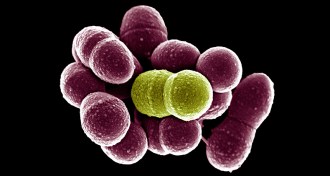 Life
LifeWhen mouth microbes pal up, infection ensues
A common and usually harmless species of mouth bacteria can help harmful bacteria become more powerful by providing oxygen.
-
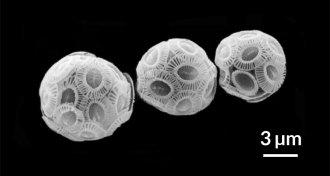 Climate
ClimatePhytoplankton’s response to climate change has its ups and downs
In a four-year experiment, the shell-building activities of a phytoplankton species underwent surprising ups and downs.
-
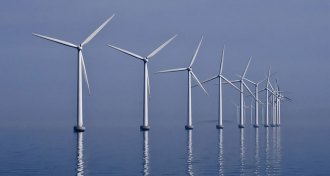 Life
LifeMini ‘wind farm’ could capture energy from microbes in motion
Bacteria could spontaneously organize and rotate turbines, computer simulations show.
-
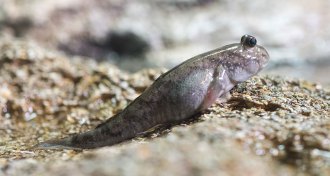 Life
LifeHightailing it out of the water, mudskipper style
A robot and a land-walking fish show how a tail might have made a huge difference for early vertebrates conquering the slippery slopes of terrestrial life.
By Susan Milius -
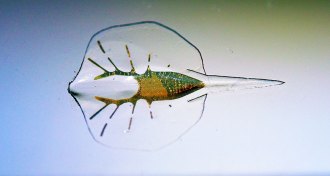 Tech
TechLight-activated heart cells help guide robotic stingray
Layers of silicone, gold and genetically engineered rat heart cells make up the body of a new stingray robot that can swim in response to light.
By Meghan Rosen -
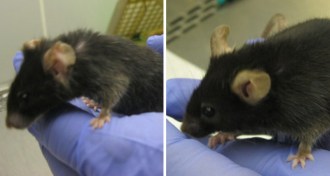 Life
LifeDonor mitochondria could influence metabolism, aging
Mitochondrial DNA donation could have unexpected long-term health consequences for “three-parent babies.”
-
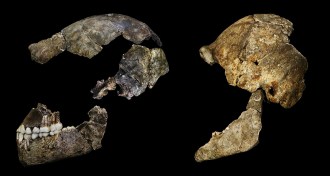 Anthropology
AnthropologyNew dating suggests younger age for Homo naledi
South African fossil species lived more recently than first thought, study suggests.
By Bruce Bower -
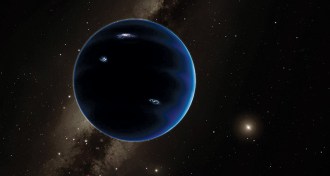 Planetary Science
Planetary ScienceNew clues in search for Planet Nine
Lots of unknowns remain as researchers try to pin down where a possible ninth planet might be hiding in the solar system.
-
 Life
LifeLetting parasites fight could help battle drug resistance, too
Helping one strain of malaria trounce another in lab mice demonstrates a way of avoiding the evolution of drug resistance.
By Susan Milius -
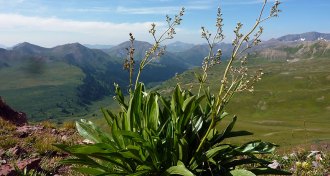 Climate
ClimateWarming alters mountain plant’s sex ratios
Global warming has different effects on male and female plants. Tracking sex ratio shifts could be a fast signal of climate change, researchers say.
-
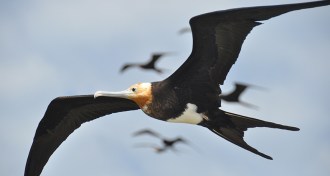 Animals
AnimalsFrigate birds fly nonstop for months
The great frigate bird can fly for up to two months without landing, thanks to a boost from wind and clouds.
-
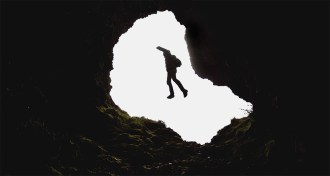 Physics
PhysicsFalling through the Earth would be a drag
Scientists study how friction affects a hypothetical jump through the center of the Earth.